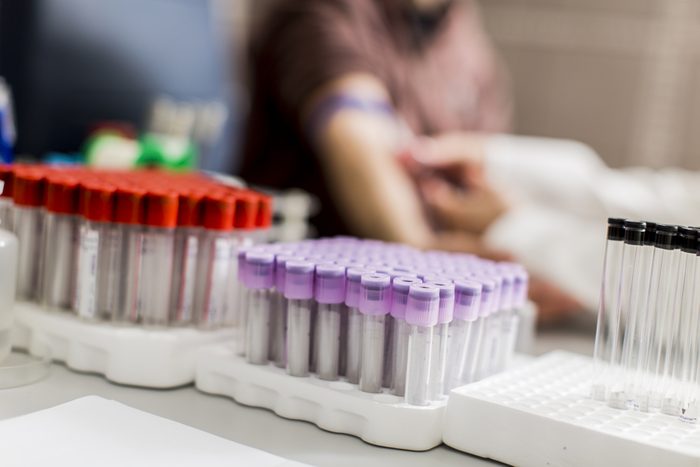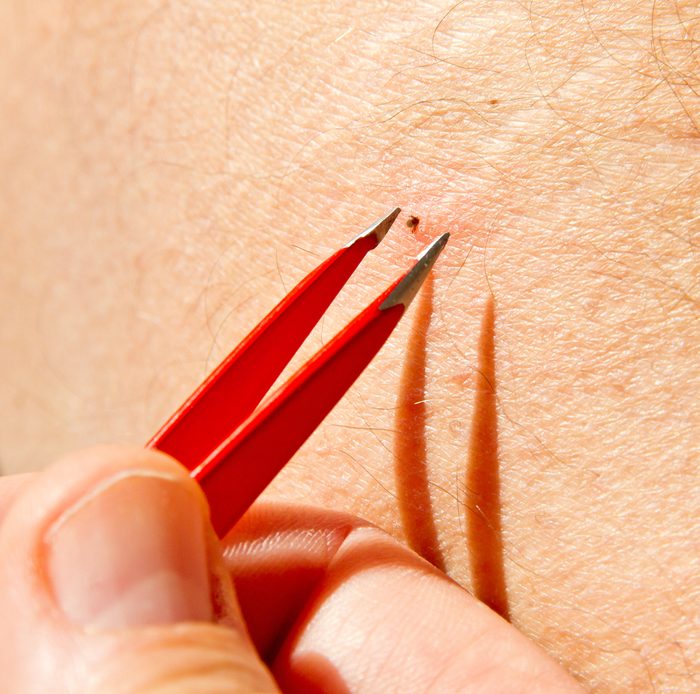Lyme disease in Canada
When you’re daydreaming of the perfect day, what do you see? For me, there’s nothing like the dog days of summer: lazing on a dock under the hot sun or hiking in the woods, savouring the scents of cedar and pine. I’m a quintessential Canadian girl who loves the outdoors. But for eight years, I watched summers fly by from the sidelines. I contracted Lyme disease, and my whole life changed.
Lyme disease is caused by the bacterium Borrelia burgdorferi, which is spread to humans and animals from the bite of an infected blacklegged tick. It’s a problem that’s growing: Research reveals that the tick population is spreading throughout Canada because of global warming. Additionally, ticks are being scattered across the country by migratory songbirds carrying them in their feathers. By 2020, the Public Health Agency of Canada estimates that 10,000 Canadians will be infected each year.
My story is similar to that of many Canadians diagnosed with Lyme disease. I was bitten by a tick and became seriously ill. I was misdiagnosed with chronic fatigue syndrome and waited five years for Lyme testing and diagnosis. During that time, I saw eight specialists and lost the ability to work and function independently. I went from being an active woman, training for the Chicago marathon and working toward my doctoral degree, to severely ill within a week. In Canada, I had difficulty finding accurate blood testing and health care; I had no choice but to pursue testing and treatment in the United States, for which I had to pay out-of-pocket. After almost three years of medical treatment, I am now happily recovered, but I remain shocked about my experience and worried for my fellow Canadians.
Here are seven things that every woman needs to know.
2. A diagnosis can be tricky
Lyme disease is known as “the great imitator.” It can be misdiagnosed as multiple sclerosis, Parkinson’s disease, ALS (Lou Gehrig’s disease), chronic fatigue syndrome, fibromyalgia, rheumatoid arthritis, dementia and psychiatric disorders.
An experienced clinician is needed to recognize the signs and symptoms and establish a clinical diagnosis. Current blood testing methods are not 100 percent accurate. Many Canadians with Lyme disease pay out-of-pocket for further blood testing in the United States.
3. Rx options are limited
Doctors may not recognize the symptoms, and Canadian treatment guidelines restrict antibiotic treatment to 28 days. Those who require longer treatment have no choice but to leave the country and pay out-of-pocket for medical care.
5. Lyme disease can disable
Lyme disease typically begins with a fever, chills, headaches, fatigue and joint pain. Some experience Bell’s palsy or a bull’s eye rash. If left untreated, it can spread to the heart, brain and nervous system, rendering someone unable to work, go to school or function independently.
6. Multiple possible infections
Unfortunately, Lyme disease isn’t the only pathogen carried by blacklegged ticks. You can also contract other bacterial infections such as Bartonella and Ehrlichiosis, or a parasite called Babesia.
7. Tick checks are easy
Get outside and enjoy the summer, but at the end of the day, do a quick full-body check for ticks. If you find a tick attached to your skin, extract it using tweezers, making sure to grasp it close to the skin without squeezing it. Place the tick in a sealable bag and submit it to your local public health authority for testing, and visit a medical professional as soon as possible.
Related:
• 35 Health Secrets Your Body is Trying to Tell You
• What If No One Believed You Were Sick?
• What Don’t You Tell You Doctor?








